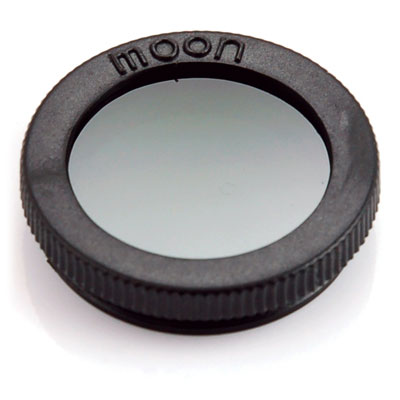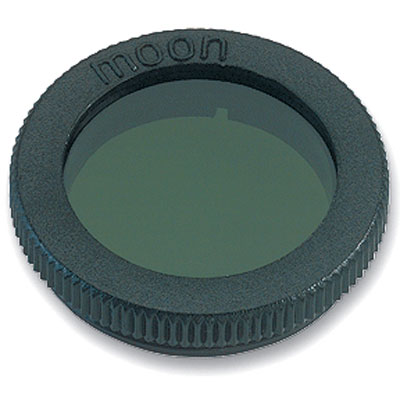Sky-watcher Moon Filter by Sky-Watcher
 Sky-watcher Moon Filter
Sky-watcher Moon Filter
Improves contrast and reduces glare on Lunar images. Item screws into 1.25″” threaded eyepieces.
Price: £11.00
Tag : moon
 Sky-watcher Moon Filter
Sky-watcher Moon Filter
Improves contrast and reduces glare on Lunar images. Item screws into 1.25″” threaded eyepieces.
Price: £11.00
 Celestron Moon Filter
Celestron Moon Filter
Celestron’s Moon Filter is an economical eyepiece filter for reducing the brightness of the moon and improving contrast, so greater detail can be observed on the lunar surface. The clear aperture is 21mm and the transmission is about 18%. Screws on to the filter thread of any Celestron, or other manufacturer’s 1.25 inch eyepiece.
Price: £15.00
This is part of the moon I took using my 127mm Meade telescope and an ASI120MM-S camera. There was a fair bit of atmospheric turbulence, but without using any amplification the moons surface seemed quite still.
The ASI120 camera at full pixel size does use a lot of disk space when recording at anything over 60fps. That night I did a few moon videos and a couple of Jupiter videos and ended up with 20GB of video data.
I used FireCapture to take the video, which seems easy to use – as easy as SharpCap anyway. I processed the video in AutoStakkert and then moved it to Registax and finally Photoshop. I am not a big user of AutoStakkert, but I do find that it can cope with large video files sizes and most file types and codecs whereas Registax can be a bit funny about the type of AVI you send it. Registax also does not seem to like large GB file sizes whether you use Registax 5 or Registax 6.
This was taken on 14th November 2013. I took it using my Altair Astro triplet 80mm refractor with an Atik 314L+ camera through an Astronomik OIII filter.
I took 20 frames of 1/1000th of a second (the lowest exposure the Atik 314L+ will do). I then stacked it in Maxim DL. I did not remove any darks or take any flats. I then took it into Photoshop and sharpened it and then used a high pass filter on it to sharpen it a bit more.
Not my best lunar image, you can tell the difference between doing this image on a 80mm refractor compared to an image I took using a 120mm refractor. The 120mm just gives you more contrast, light and generally a better image. You can see the 120mm moon image here: https://www.astronomylog.co.uk/2011/09/15/harvest-full-moon/
But if you want really sharp lunar images then a webcam type camera is a better idea, where you can take up to hundreds of frames a second and just take the best frames and stack those all automatically in programs like Registax. Here is an image where I did just that and created a mosaic: https://www.astronomylog.co.uk/2013/03/20/moon-mosaic-with-altair-astro-8-gso-rc/
Whilst away on holiday in Menorca for the week, was the chance to see and image the daytime showing of the Moon and Venus close together.
I would not have known about this had it been for me reading Sky at Night magazine in the plane a few days earlier.
I did not take my DSLR with me, so took this photography with my Lumix TZ7 camera instead. It was taken on the 11th September 2010 at 16:30 GMT (Menorca time 17:30).
I don’t know how many people in the UK saw this, as it may have been cloudy here at the time.
What great weather we have been having lately, could it be anything to do with there being no planes flying at the moment due to the icelandic volcano erruptions? After spending the day listening to talks, looking at telescopes and viewing trade stands at Kelling Heath I decided to come home and do some imaging.
The moon has been looking amazing at the moment in the blue twilight sky, unfortunately for me at the moment my west viewpoint is obstructed by my own house, so I snuck around the side of the house and managed to get this image below of the moon and venus on the bottom right.
f/4.5 1/10sec -2 exposure on a Canon 450D
The same moon taken using my Canon 450D straight into an 80mm StarSky Refractor – 1/125 second exposure with a ISO400 setting.
Click on both images to enlarge them.
Managed to get out tonight for a while around 7.30pm, I did not think the clouds would clear. Usually whenever there is something worth looking at it’s always cloudy! But eventually the clouds went and the moon was in full view, even though it was -1 degrees in the shed.
I took these images by attaching my Canon 450d to my cheap £100 guiding refractor telescope, I still think the photographs it produces are great for a £100 telescope. Images were taken mostly using an exposure time of 1/800th and an ISO400
I stayed out as long as possible to try and get the full story of the eclipse, all the way through from start to finish, but I did move my camera between the refractor and the lx200 so some later shots did get rotated as I did not put the camera back in the exactly same position.
The partial eclipse was not a great site to behold, but still something worth looking at.